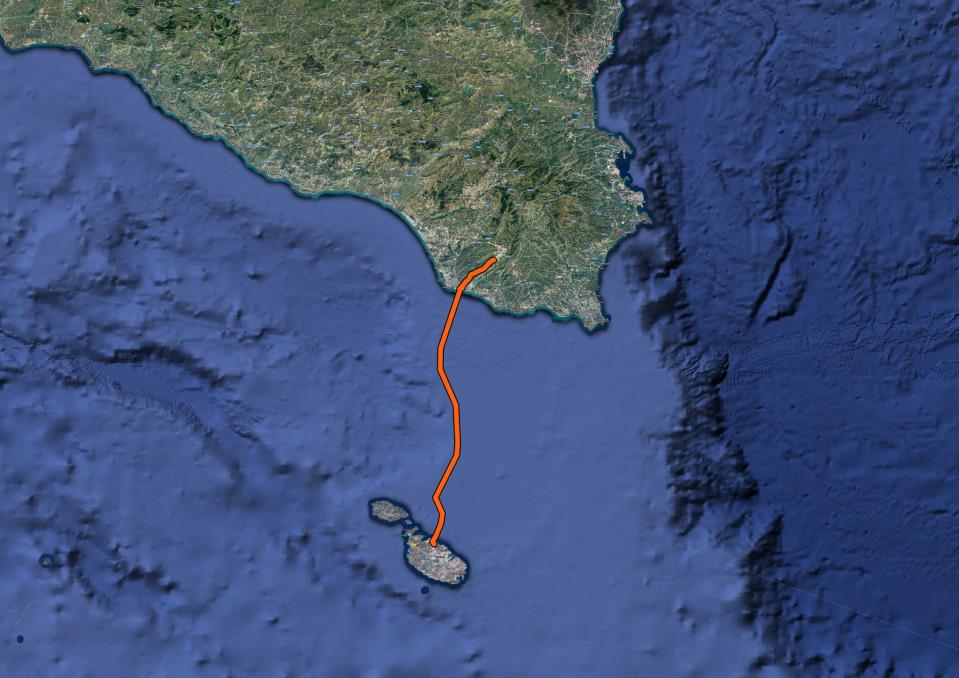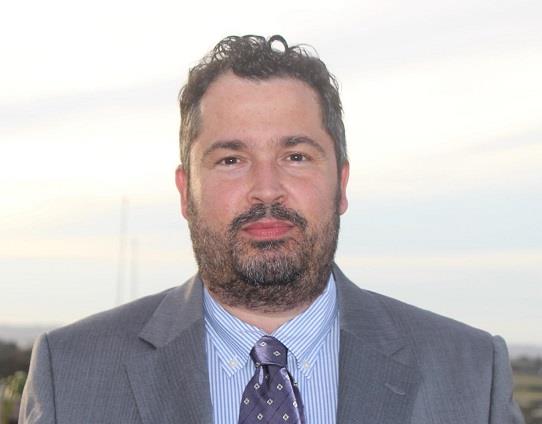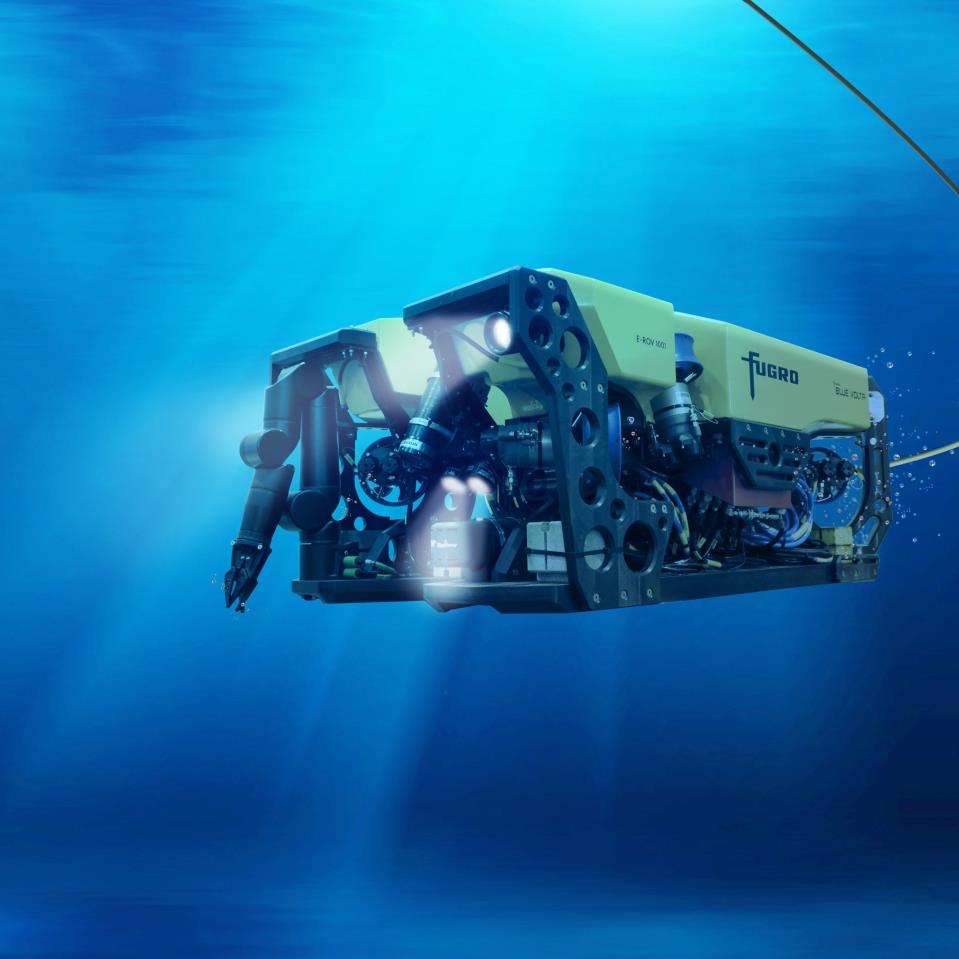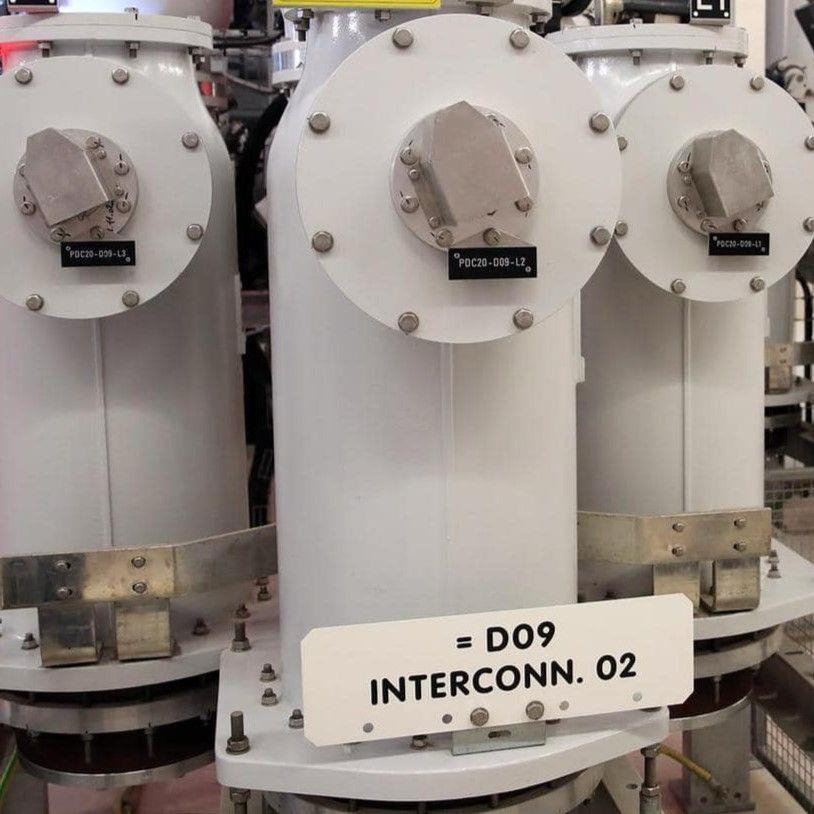The Maltese islands could become fully reliant on renewable energy sources (RES) for periods of time once the government’s planned energy projects are completed, according to a government energy expert.
Such renewables include types found onshore and offshore, Ing. Ismail D’Amato told The Malta Independent on Sunday.
“With the planned projects, there is the opportunity to have periods during which the island will be able to run on 100% renewables,” he said.
However, the energy expert added that it is still important to ensure that Malta’s energy mix remains diverse so that the country can counter the drawbacks posed by renewable energy sources (RES) at the moment, such as “the relatively small magnitude of our grid and the intermittent nature of RES.” On this point, D’Amato highlighted the importance that “a dispatchable form of supply, such as interconnections and local generating plants, needs to remain available” to make up for these drawbacks.
Another factor behind the importance of diversifying the country’s energy mix is the fact that “the cost of energy from RES is still comparatively higher than the cost of traditional generation using fossil fuels.” The country’s energy policy therefore strategises “to limit the impact of such costs on the country’s competitiveness.”
This newsroom contacted Ing. Ismail D’Amato through the Ministry for the Environment, Energy and Regeneration of the Grand Harbour (MEER), to seek clarification on the country’s energy policy, the direction the country is following in the sector, and how incorporating renewable energy fits into this whole equation. D’Amato has worked in the energy field for the last 22 years and has been involved in the management of interconnection projects, including that of the second interconnector, since 2018.
The energy expert said that Malta would like to increase its share of renewables into its energy mix and is focusing on the development of the offshore potential in floating renewables, due to the country’s limited size. He added that later this year, a public call will be announced whereby private investors will be requested to submit proposals for the development of a “floating wind project” beyond 12 nautical miles from shore.
“Given the limitations of land on the island, there is a limit to how much onshore renewables can be implemented,” he said. “There is currently the push for offshore renewables because they can be implemented on a larger scale whilst also reducing impact on the local population.”

Malta is planning a second interconnector with Italy
Malta’s medium and long-term energy projects
When asked about the country’s ongoing energy-related projects, D’Amato said that in order to address “the growing demand” and “the electrification of transport and Malta’s decarbonisation targets,” the Ministry is primarily focusing on medium-term and long-term solutions.
Listing the projects for the medium and long-term, D’Amato mentioned the second Electrical Interconnector between Magħtab and Sicily (IC2), the Melita TransGas pipeline, large-scale RES, e.g., the floating offshore wind farm and floating solar photovoltaics, the reinforcements to the electrical grid, and the effort being done to push towards Large Scale Battery Energy Storage Systems.
When asked why so many major energy projects have been announced in the last decade since the inauguration of the Electrogas power station, D’Amato stated that the efficiency of power stations and generation equipment deteriorates with time and that the emergence of more efficient technologies can render existing plants obsolete. Hence, “the country should aim to continuously upgrade its generation capacity.”
Furthermore, with global goals moving towards decarbonisation, present planned projects “are aimed to increase the portion of RES to lower our CO2 levels.”
“The fact that the electricity supply chain is being upgraded demonstrates that the country is preparing itself for the energy transition,” he said.

Ing. Ismail D'Amato
Additionally, he explained that while the country is not experiencing an increase in demand due to rising population numbers, it is experiencing a larger demand from “a booming economy with record growth among the EU member states combined with an unprecedented period of high temperatures experienced in 2023. Therefore, initiatives in improving electricity sources and its distribution are geared towards meeting the growing demands.”
It was explained that IC2 will both double the capacity of the first interconnector and “offer also a facility whereby the country can accept more renewable energy on its grid” – including onshore and offshore RES. Meanwhile, the Large Scale Battery Energy Storage Systems that the MEER is pushing for should “provide flexibility services to the grid so as to be able to continue to tilt the energy mix’s portion towards more renewables rather than energy generated from conventional plant.” Due to their level of costs, both the IC2 and the battery energy storage systems were co-financed through EU funds.
D'Amato said that the financial incentives government is offering for small battery storage systems are a reflection of the government’s view to “incentivise innovative technologies to operate the widespread energy sources in the distribution network in ways that would reduce dependence on central sources of power.”
With regard to the planned gas pipeline to Sicily, i.e., the Melita TransGas Pipeline, back on 23 January 2024, some 1,000 citizens and 14 non-governmental organisations signed an open letter requesting for the proposed plans of the Melita TransGas Pipeline to be shelved. Friends of the Earth Malta and the Daphne Caruana Galizia Foundation were two of the main signatories of this petition.
Speaking to The Malta Independent a few weeks later on 11 February 2024, the director of Friends of the Earth Malta, Martin Galea de Giovanni, said that the Melita TransGas Pipeline to Sicily “could lead to another 30-40 years of fossil fuel reliance” and that the country’s reliance on fossil fuels will continue unless funds are prioritised elsewhere.
D’Amato begged to differ when asked about the subject. He said that the Melita TransGas pipeline “is designed to be able to transport pure hydrogen and biomethane”; the latter is a renewable natural gas. Additionally, it was described that without this Project of Common Interest, “Malta would not be able to deliver green hydrogen when this will become available in the Sicilian network, locking Malta with the use of LNG.”

Work on the preliminary marine route survey for the second Malta to Sicily electrical interconnector
“The Melita TransGas hydrogen-ready pipeline will not lock the country on fossil fuel,” D’Amato said. “Thus, on the contrary to what is being implied, the hydrogen-ready pipeline would support Malta’s journey towards decarbonization.”
He said that without this pipeline, “the island would be forced to rely on LNG”, which he described to be a cleaner fossil fuel to heavy fuel oil. The energy expert continued that such a scenario would put Malta at a disadvantage near other interconnected European countries “as Malta would be unable to tap in the emerging sector of clean energy, including green hydrogen which will have a strong impact on how energy is stored, transported and converted into electricity or for mobility.”
Resultantly, D’Amato said that “This would not only be unfair, but would also negatively impact the country and its citizens.”
As regards to IC2, Interconnect Malta (ICM) is issuing tenders for its implementation. Some tenders for this major project have already been issued – namely for “the procurement of a transformer and shunt reactors and for the supply, delivery of the onshore cable and related works.” Meanwhile, “Tenders for the subsea portion and for HV switchgear in Ragusa are in progress,” he said.
The diversification of electrical energy sources is one of the main pillars of the government’s energy policy, according to D’Amato. He described that it’s beneficial not to put “all the eggs in one basket” since “power plants, interconnectors, and RES plants [all] have their availability periods due to planned and unscheduled maintenance.”
“We should not rely on the same source of supply and thus it would be advisable to have a diversified energy mix comprising local traditional natural gas power generation, renewable energy, interconnections, standby backup generators and standby Battery Energy Storage Systems,” he said.
D’Amato remarked that to plan for the security of the supply, the n-1 principle is considered. This principle holds that “supply should still be maintained through the energy mix should the largest energy source operating at its maximum level becomes unavailable, such as, for example, during maintenance or out of fault.”

A call for tenders was issued in February for a second interconnector between Malta and Sicily
Avoiding summer power cuts
Last summer, beginning in July 2023, Malta and Gozo were plagued by long-lasting power cuts that left some locals to go over 40 consecutive hours without electricity and made the government accelerate its €90 million action plan to reinforce the electricity distribution network. The action plan was originally launched in 2022.
These power cuts were attributed to the sustained scorching hot temperatures of over 40°C at the time after the intense heat was found to have caused faults in the cable network following checks by Enemalta. Public outcry ensued following these prolonged events, leading to separate resignation calls for Energy Minister Miriam Dalli as well as the entire Enemalta board by the Nationalist Party and ADPD.
Since then, the MEER announced in March that Enemalta had added 38 kilometres of underground cables to the national grid in less than three months, plus the building and installation of new distribution centres and upgrades to existing ones. While these reinforcements are “being carried out to ensure that the energy is delivered to consumers and to increase the resilience of the distribution’s grid during adverse climate conditions”, these works are no guarantee that there will be no future power cuts, according to Energy Minister Miriam Dalli last November.
“The extreme climate conditions our country is facing are steadily getting worse,” D’Amato said, “this government has allocated a significant budget to the reinforcement activities and Enemalta and the Ministry are working tirelessly to use those funds in the most efficient and timely manner as to ensure and minimise as much as possible any repetition of the situation that was faced last summer.”
For this summer, the MEER has been public about its plans to reinforce the electricity distribution system via an extension of 70 kilometres worth of medium-voltage cables and through the emergency diesel-powered Delimara power plant worth €37 million; earlier this week, Prime Minister Robert Abela stated that he hopes that this power plant never needs to be activated.